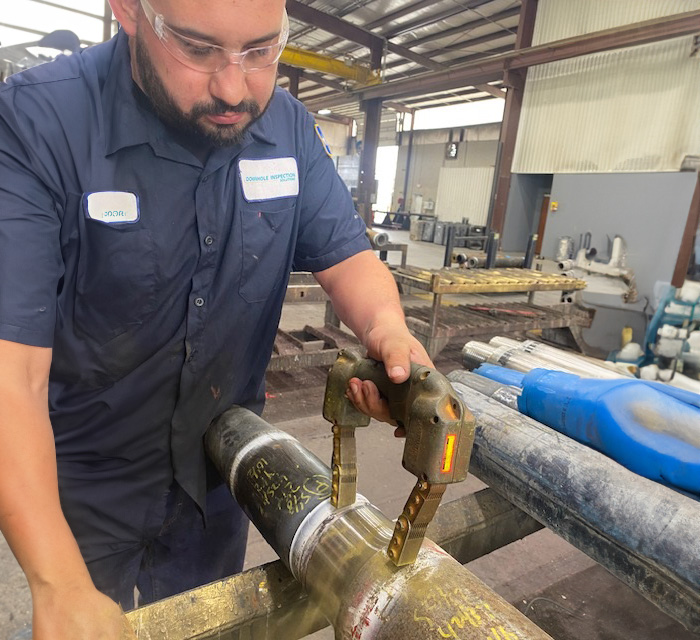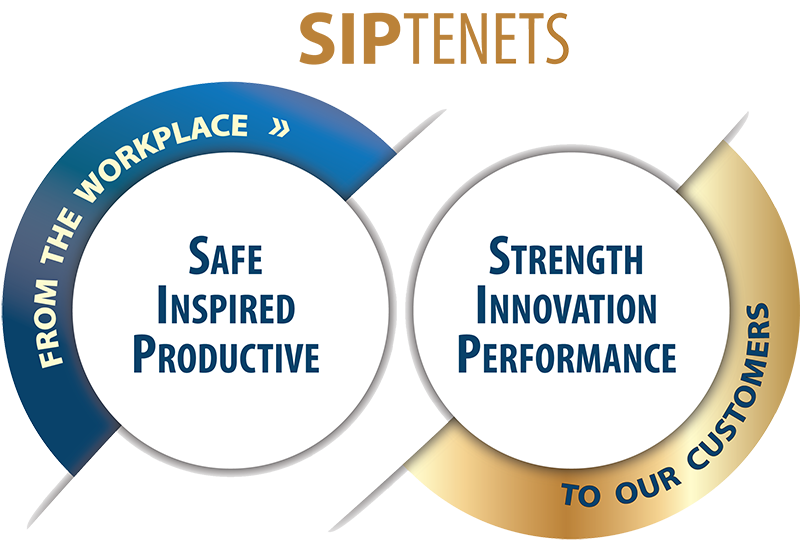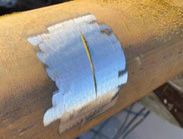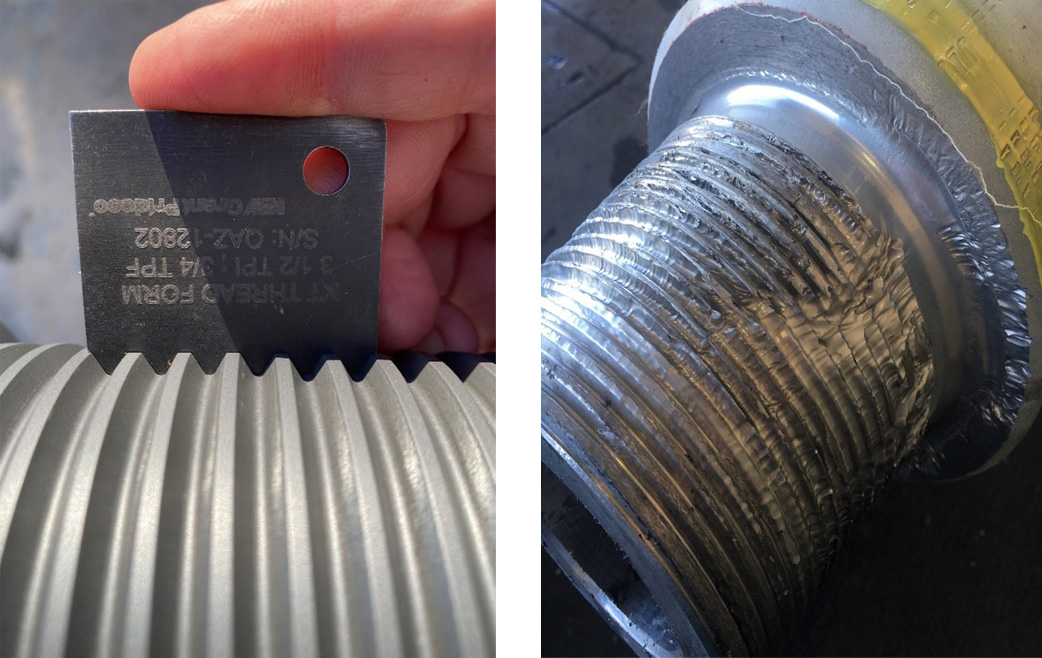
From a single weld to a full-on rig inspection, Downhole Inspection Solutions is the team to handle your specific needs. With one Canadian and four U.S. strategically located inspection facilities staffed by experienced and certified ASNT SNT-TC-1A Level II inspectors, DIS covers a wide range of inspection services. Our certified inspectors are equipped with advanced and calibrated non-destructive testing (NDT) equipment. We are able to provide analysis, maintenance, and repair services to Bottom Hole Assembly (BHA) components and rig equipment to ensure that industry standards and customer specifications (TH Hill DS-1, API RP7G-2, etc.) are met or exceeded.

Our Customer Order Management Portal and Support System (COMPASS) is a web-based repository for all things Inspection. Once registered, customers have access to their inspection records 24/7. They can also verify the status of upcoming orders and review previous orders.
Magnetic Particle Inspection (MPI) is a non-destructive testing process used to detect surface and shallow subsurface discontinuities in ferromagnetic materials. These materials include iron, nickel, cobalt, and some of their alloys. During MPI, a magnetic field is applied to the part, and ferrous particles (either dry or in a wet suspension) are used to identify areas of flux leakage. These areas form indications which are evaluated to determine their nature and cause. It is commonly used to identify defects like cracks, pores, cold laps, and lack of sidewall fusion in welds.

Electromagnetic Testing (ET), as a form of non-destructive testing, involves inducing electric currents or magnetic fields (or both) inside a test object and observing the electromagnetic response. When properly set up, a defect within the test object creates a measurable response. This method is commonly used to inspect oil country tubular goods (OCTG) such as drill pipe or production tubing.
Ultrasonic Testing (UT) is a method of non-destructive testing where high-frequency sound waves are used to test material or objects. It finds applications in various industries, including manufacturing, aerospace, automotive, and construction of steel and aluminum structures. The technique involves transmitting very short ultrasonic pulse waves into materials to detect internal flaws or characterize materials.
Liquid Penetrant Inspection (LPI), also known as dye penetrant inspection or penetrant testing (PT), is a widely used non-destructive testing method. It detects surface-breaking defects in non-porous materials, including metals, plastics, and ceramics. The process involves three basic steps: surface preparation, application of penetrant, and removal of excess penetrant to reveal any indications of defects.

Visual Testing (VT) is based on the inspection for flaws that are visible to the naked eye and is the most used non-destructive testing (NDT) method across all industries. It allows for a feasible and fast control of quality at every step of the fabrication or maintenance process. This method is most commonly applied to the threaded connections of OCTG and bottom hole components in the oil and gas industry.


With almost 30 years of industry experience including downhole tool inspection operations and management, Chris has a proven track record of delivering high-quality inspection services, leading and developing teams, and managing multiple projects and facilities.
Chris began his career at Smith International/Drilco, where he gained valuable experience in various roles in rotating control devices, drilling fluids equipment, choke manifolds, degassers, and inspection services. It was during this period that he obtained his initial inspection certifications and performed land and offshore tool inspections for more than 16 years.
After time spent in various management positions for Phoenix Technology (Qualitas), Chris joined the DTI team in 2017. As the General Manager of the Downhole Inspection Solutions division, he has helped establish it as a leading provider of non-destructive (NDT) services to the industry. He is passionate about delivering excellence, as well as fostering a culture of continuous improvement and innovation.